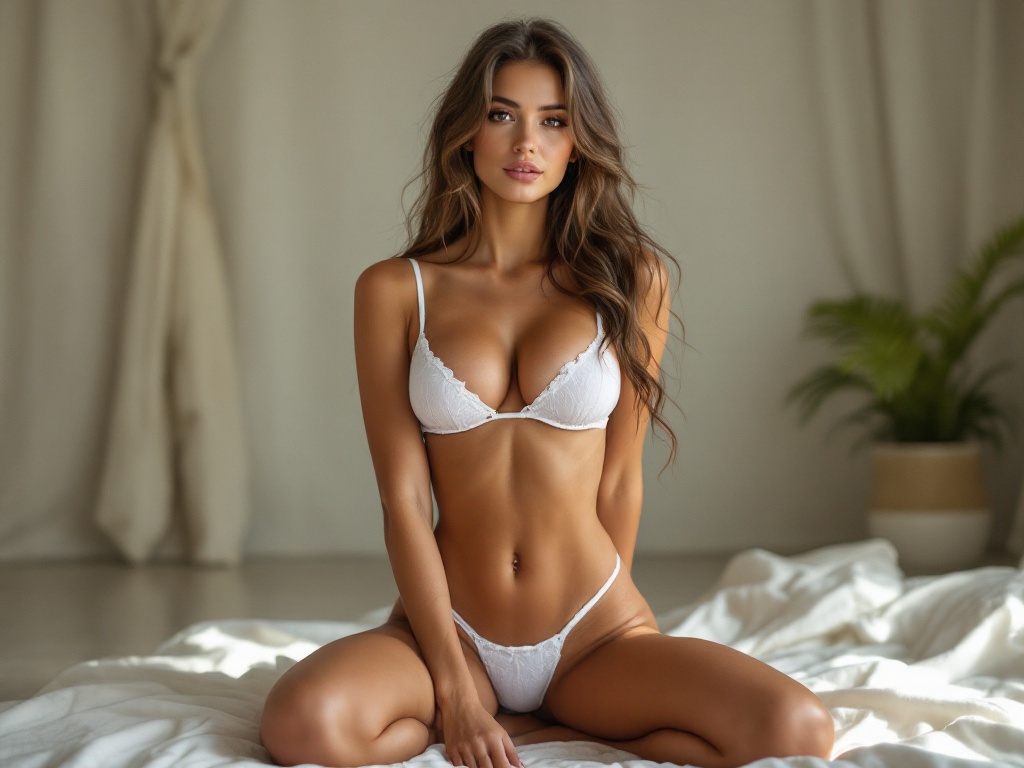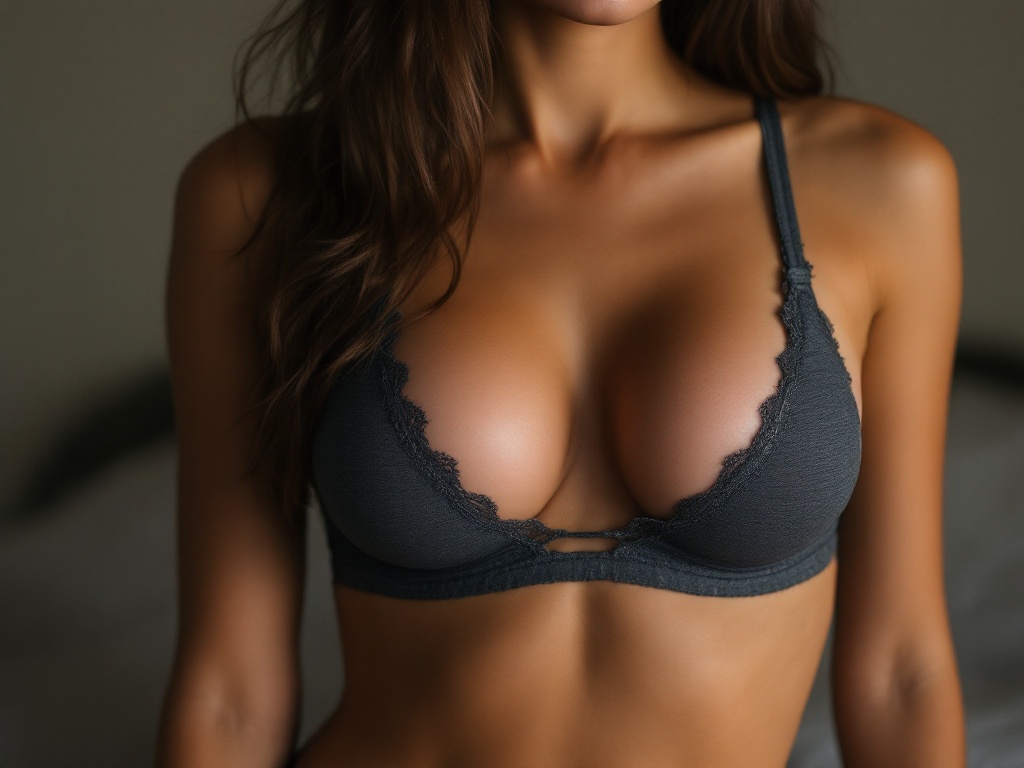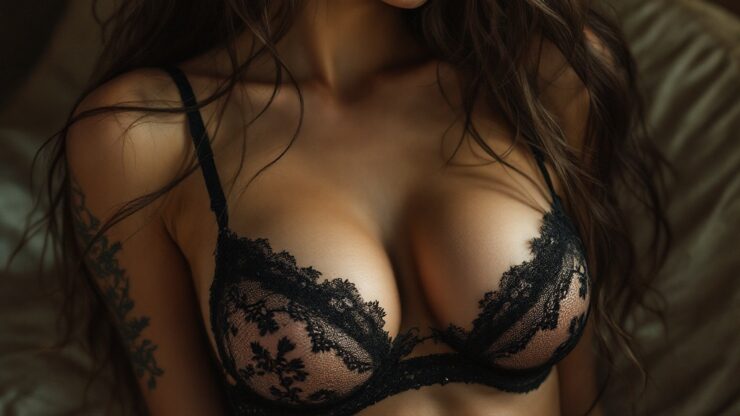In an age where technology reshapes nearly every aspect of our lives, photography is no exception. The conversation surrounding Deep Nude and traditional photography draws attention to the evolving landscape of visual art. As professionals in these fields navigate the growing divide, changing technology, and ethical implications, it is essential to examine the preferences that emerge from their distinct approaches. What does it mean to capture an image authentically? How do creatives balance innovation with traditional artistry? This article explores the nuanced relationship between Deep Nude photography and its time-honored counterpart, providing insights into professional opinions while considering essential aspects of each technique.
Understanding Deep Nude Photography

Deep Nude photography has emerged as a striking evolution in the representation of the human body, deploying artificial intelligence and advanced digital techniques. By manipulating images to create hyper-realistic representations, this novel method expands the boundaries of traditional aesthetics. The allure of Deep Nude lies in its ability to forge a surreal connection between viewer and subject, one that can be both captivating and unsettling. These images often spark discussions about identity, individuality, and the very essence of what an image represents. As the lines between reality and digital manipulation blur, the implications of such technology raise critical questions about authenticity and ethical practice. This burgeoning form of photography is often viewed with skepticism, yet it undeniably plays a role in shaping contemporary visual culture.
Traditional Photography: A Time-Honored Art Form

In contrast stands traditional photography, a practice steeped in history and artistry. This approach emphasizes the core skills of composition, lighting, and timing, celebrating the technical prowess and vision of the photographer. Unlike its digitally manipulated counterpart, traditional methods anchor themselves in reality, offering raw and unfiltered glimpses into life as it unfolds. Photographers wield their cameras like brushes, capturing textures, emotions, and stories in a single frame. The unique perspectives offered by these artisans convey more than just images; they evoke feelings and memories for audiences worldwide. Through the lens of traditional photography, every moment embodies a tale waiting to be told.
Comparing Aesthetics
The visual outcomes of Deep Nude and traditional photography stand in stark contrast, each possessing unique aesthetic values that appeal to different audiences. In the vast realm of photography, understanding these distinctions is vital for both practitioners and enthusiasts alike.
The Allure of Deep Nude
Deep Nude photography often ventures into realms of fantasy, allowing creators to innovate in ways that challenge conventional methodologies. Many see this approach as a new canvas for artistic expression, where nudity is depicted with a flawless, crafted aesthetic. The use of AI and image manipulation can result in striking visuals that amplify human traits, creating an enchanting and often surreal experience for viewers. The potential to engage with forms in an abstract manner allows artists to redefine beauty standards and artistic value. Additionally, this technique can open discussions surrounding body positivity and representation in a digitally saturated world.
The Charm of Traditional Photography
Conversely, traditional photography brings with it a rich tapestry of depth and authenticity. Each captured moment tells a story that resonates on a more personal level, allowing audiences to connect with the emotions embedded within the images. The craftsmanship present in traditional photography often draws on years of experience and education, fostering a sense of respect among peers in the industry. While Deep Nude photography may create idealized images, traditional photography roots itself in the ethereal beauty of imperfection. Such imperfections foster deeper emotional responses and engage viewers in an intimate dialogue with the world represented.
| Aspect | Deep Nude Photography | Traditional Photography |
|---|---|---|
| Technique | Digital manipulation using AI. | Physical skills in composition and lighting. |
| Aesthetic | Surreal and idealized representations. | Raw and genuine capture of reality. |
| Ethics | Consent and privacy concerns. | Emphasis on authenticity and representation. |
| Audience Reaction | Engages viewers through striking visuals. | Generates a sense of nostalgia and emotional connection. |
Ethical Considerations
The rise of Deep Nude photography brings about ethical considerations that cannot be overlooked. Technologies that enable such imagery often confront artists with moral dilemmas regarding consent and privacy. The line between authentic capture and digital manipulation can become hazy, leading to potential distrust among audiences. Many photographers advocate for responsible practices, stressing the importance of consent before manipulating any individual’s image in a significant way. This has led to a broader conversation surrounding what constitutes ethical artistry in an age of rapid technological advancement. In many ways, traditional photography stands as a bastion of ethical integrity, often prioritizing truthful representation over sensationalism.
Professional Preferences: Insights from Photographers
Understanding the inclinations of professionals requires diving into their diverse perspectives. Through interviews and discussions, a range of opinions emerges, reflecting the varied experiences and visions of those within the industry.
Arguments for Deep Nude
Some photographers champion Deep Nude as a revolutionary tool that democratizes creativity, allowing unconventional art to flourish. They argue that the availability of advanced technology opens doors for artistic exploration that was previously unattainable. For these individuals, innovation is the cornerstone of progress, and Deep Nude photography embodies this philosophy. Furthermore, advocates contend that the images created can spark vital conversations about beauty, identity, and the human experience. The flexibility of this technique allows for exceptional customization, catering to a vast array of artistic needs. It can also create access points for new audiences, inviting broader conversations surrounding art appreciation.
Traditionalistas: The Case for Traditional Photography
Conversely, many professionals advocate for the enduring value of traditional photography, emphasizing the skill and dedication required in capturing true moments. They argue that the authenticity present in traditional methods fosters a connection that artificial representations cannot replicate. The painstaking processes involved in lighting, framing, and capturing fleeting moments solidify the irreplaceable importance of traditional photography. Those who champion this approach often feel a profound sense of responsibility to uphold the integrity of the art form. They maintain that the value of genuine emotions portrayed through a lens ultimately resonates more deeply with viewers. For these advocates, traditional photography signifies an essential appreciation for the human experience, making each image invaluable.
Conclusion
The debate between Deep Nude and traditional photography is complex and multifaceted, revealing various perspectives rooted in personal values regarding creativity, authenticity, and ethics. While Deep Nude presents avant-garde opportunities for expression and innovation, traditional methods uphold the significance of realness and emotional connection. As technology continues to progress, both forms of photography will likely coexist, contributing to a vibrant tapestry of artistic expression. Ultimately, the preferences of professionals will depend on how they navigate these evolving landscapes, ethical questions, and cultural conversations that shape contemporary visual art.
Frequently Asked Questions
- What is Deep Nude photography? Deep Nude photography is a digital technique that uses AI to create hyper-realistic images that manipulate human forms.
- What distinguishes traditional photography from Deep Nude? Traditional photography relies on physical skills and techniques to capture reality, whereas Deep Nude involves digital manipulation and advanced technology.
- Are there ethical concerns associated with Deep Nude photography? Yes, ethical concerns primarily focus on consent and privacy, as Deep Nude images can raise questions about authenticity and representation.
- What do professionals think about Deep Nude versus traditional photography? Opinions vary; some embrace the creativity in Deep Nude, while others prefer the skill and authenticity of traditional photography.
- Is there a future for traditional photography in a digital age? Yes, traditional photography maintains its relevance by emphasizing the artistry and emotional connection that can be found in capturing unaltered moments.
